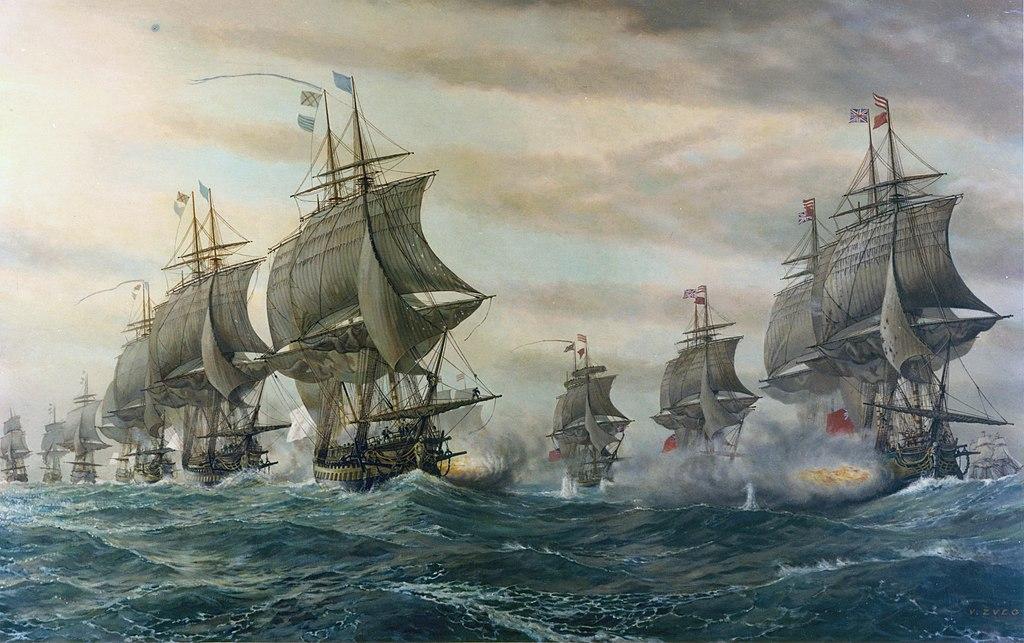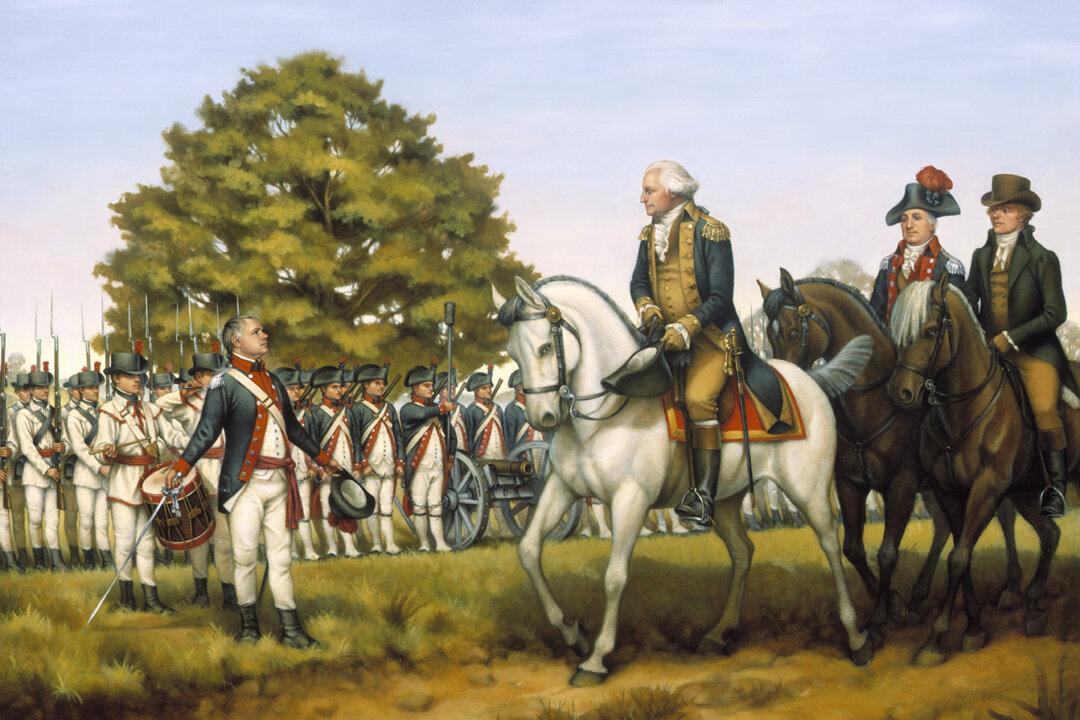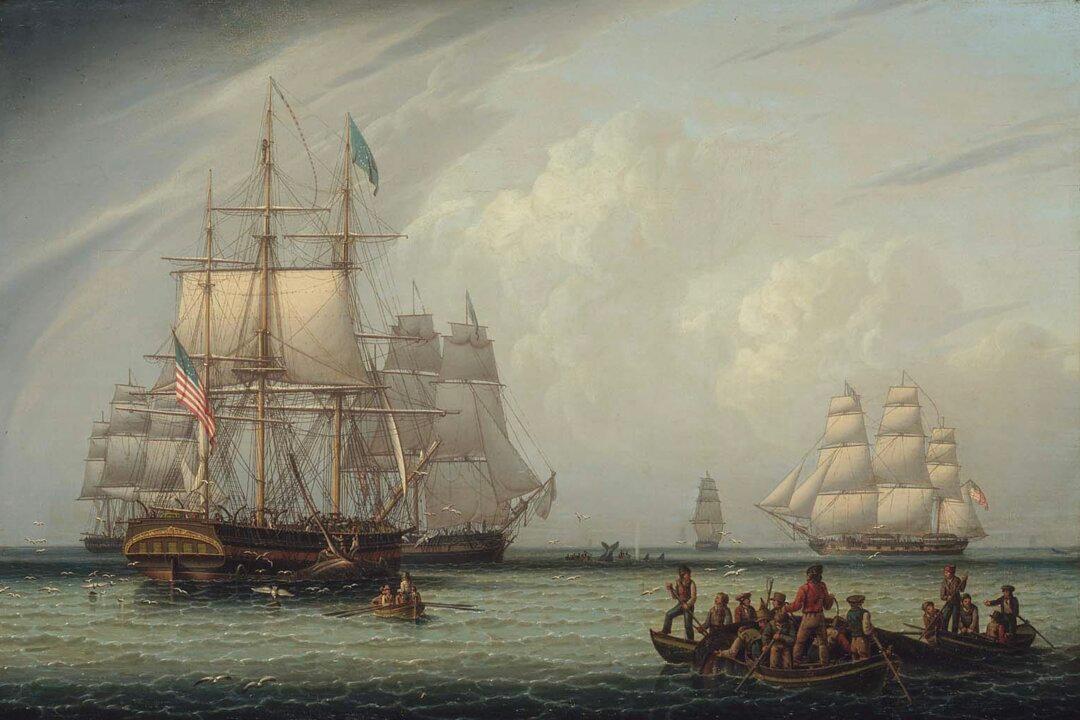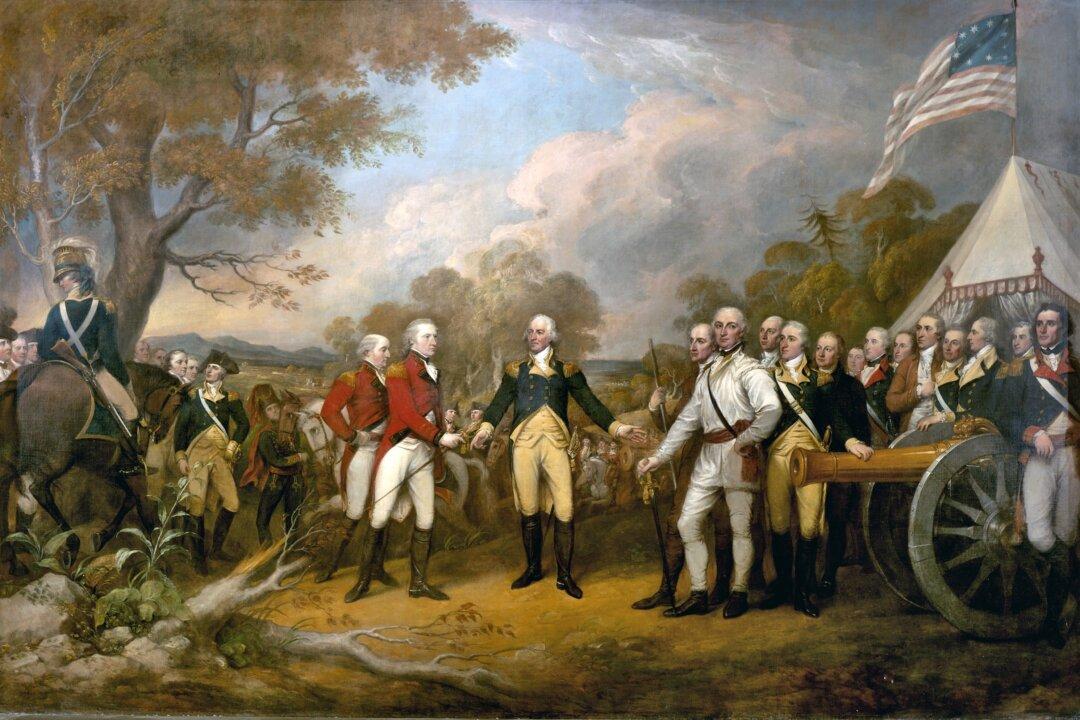Thomas Nelson Jr. was not only born in Yorktown, Virginia, he owned much of it. He never lacked for money, prestige, or an idyllic life, but in 1774 his attention shifted to liberty and freedom. When the British closed the Port of Boston, Nelson sent supplies from his own pocket to the patriots there.
When the British Navy threatened to bombard Yorktown, his reaction was bold and decisive. “I am a merchant of Yorktown, but I am a Virginian first. Let my trade perish,” he thundered. The only thing that kept him from enlisting in the Continental Army was periodic bouts of asthma. He served without pay in the Virginia legislature and as lieutenant of York County. He became a brigadier general in charge of Virginia’s militia when the British invasion threatened.





